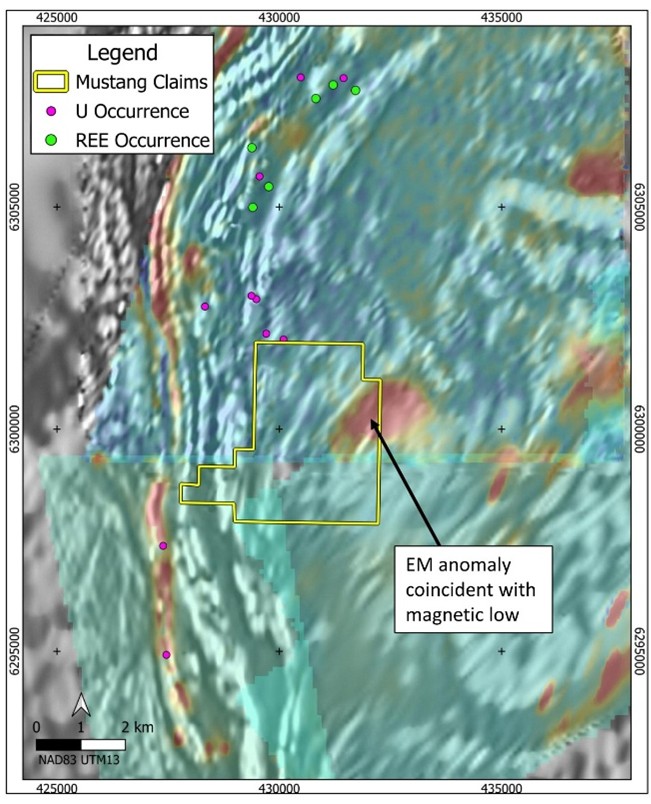News: Microelectronics 17 April 2025 UIUC reports record switching performance in intrinsic diamond photoconductive semiconductor switches Professor Can Bayram and his colleagues at University of Illinois at Urbana-Champaign (UIUC) in the USA have reported diamond photoconductive semiconductor switches (PCSS) with record-breaking voltage/current handling and slew rates, efficiency and reliability simultaneously (Z. Han et al, ‘Record Performance in Intrinsic, Impurity-Free Lateral Diamond Photoconductive Semiconductor Switches’ Appl. Phys.
Lett. 126, 152105 (2025). https://doi.

org/10.1063/5.0266565 ).
Power outages cost US households $150bn annually. For instance, weather-related outages alone account for $25–70bn per year, affecting half a million Americans on average daily. To reach the 2050 goal of a more reliable, resilient and low-carbon grid, faster and higher-power electronic devices with improved protection and simpler controls are needed.
Photoconductive semiconductor switches offer such capability at as low a level of integration as possible. However, conventional PCSS cannot reach voltage/current levels (power ≥5MW) at the voltage/current slew rates required in grid protection, because they: Through a comparative study using diamond substrates with varying boron and nitrogen concentrations, the team has shown that – contrary to what researchers are focusing on – the intrinsic (not the extrinsic) PCSS device with the lowest boron and nitrogen impurity concentration achieves the highest normalized responsivity, photocurrent and on/off ratio. Picture: Transient profile of the optical trigger and electrical signal of the PCSS at 1200V DC bias voltage.
The results are said to highlight a viable path to making diamond-based PCSS outperform their silicon carbide (SiC) and gallium nitride (GaN) counterparts in demanding high-power, high-frequency applications. It is reckoned that the work also opens up diamond PCSS to be employed in a broad range of high-frequency and high-power applications, including microwave switching, pulsed power generation, and hybrid power switches. The next step is expected to be Megawatt-power nanosecond switching.
Tags: Diamond Visit: http://icorlab.ece.illinois.
edu.
Technology

UIUC reports record switching performance in intrinsic diamond photoconductive semiconductor switches
Professor Can Bayram and his colleagues at University of Illinois at Urbana-Champaign (UIUC) in the USA have reported diamond photoconductive semiconductor switches (PCSS) with record-breaking voltage/current handling and slew rates, efficiency and reliability simultaneously (Z. Han et al, ‘Record Performance in Intrinsic, Impurity-Free Lateral Diamond Photoconductive Semiconductor Switches’ Appl. Phys. Lett. 126, 152105 (2025)...















